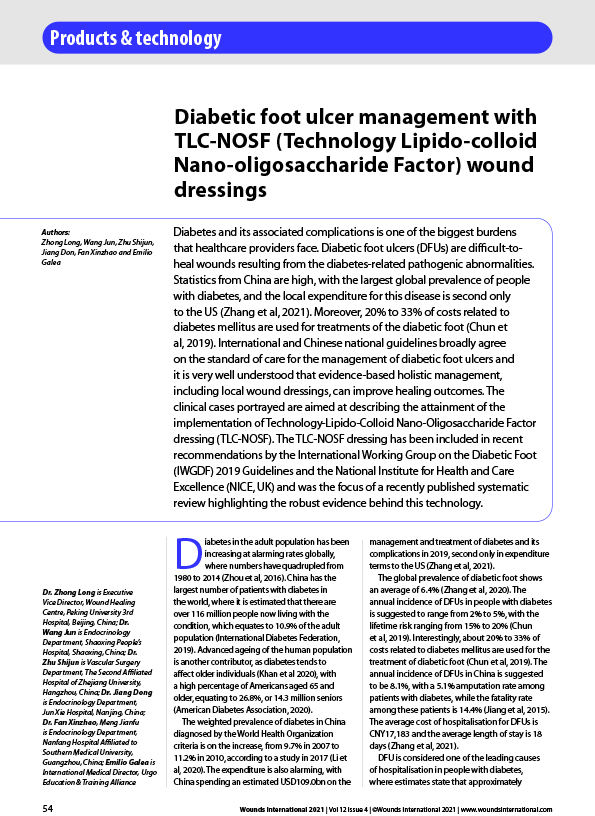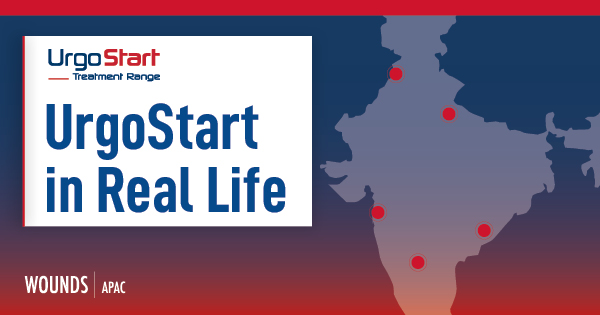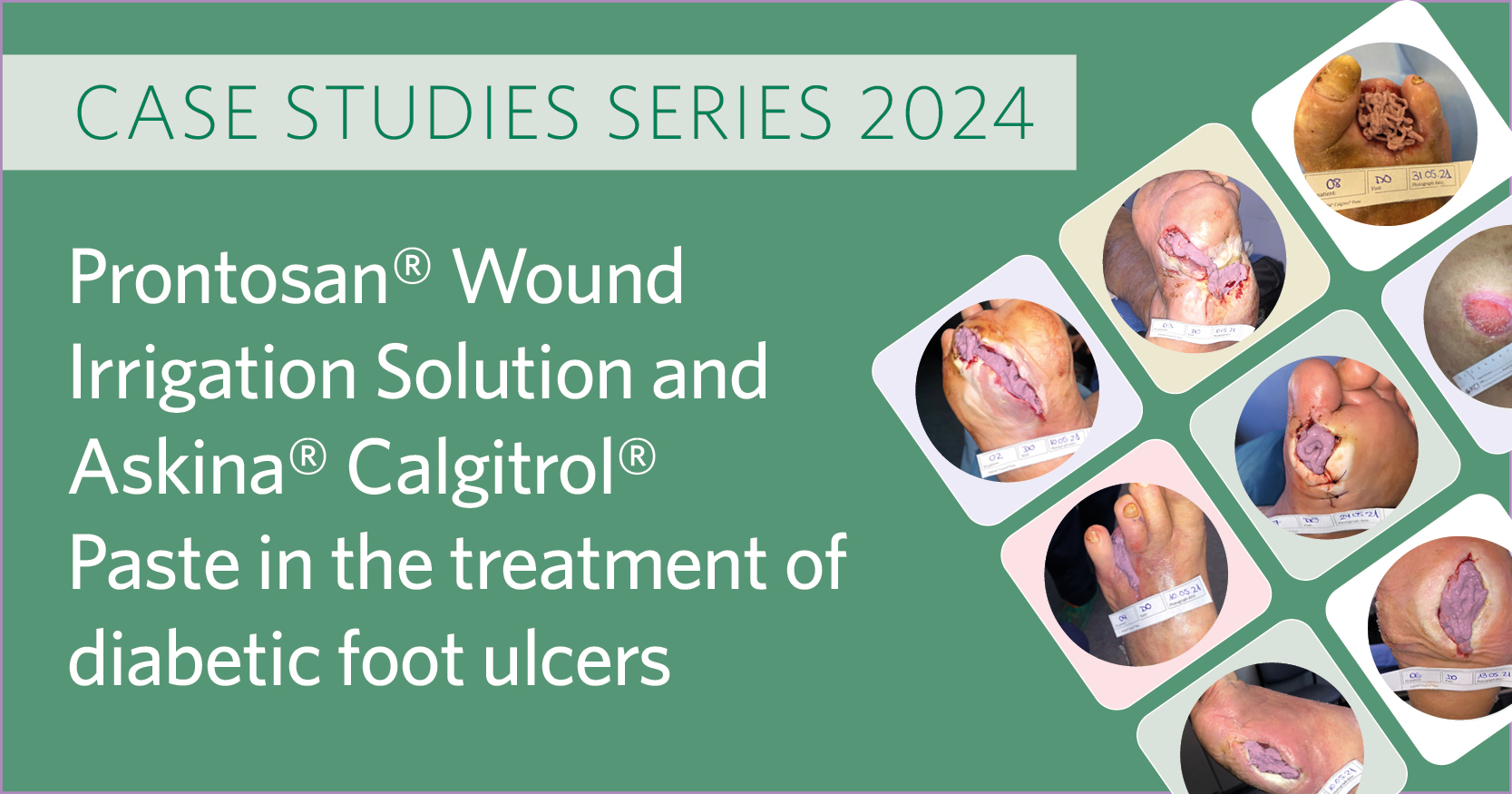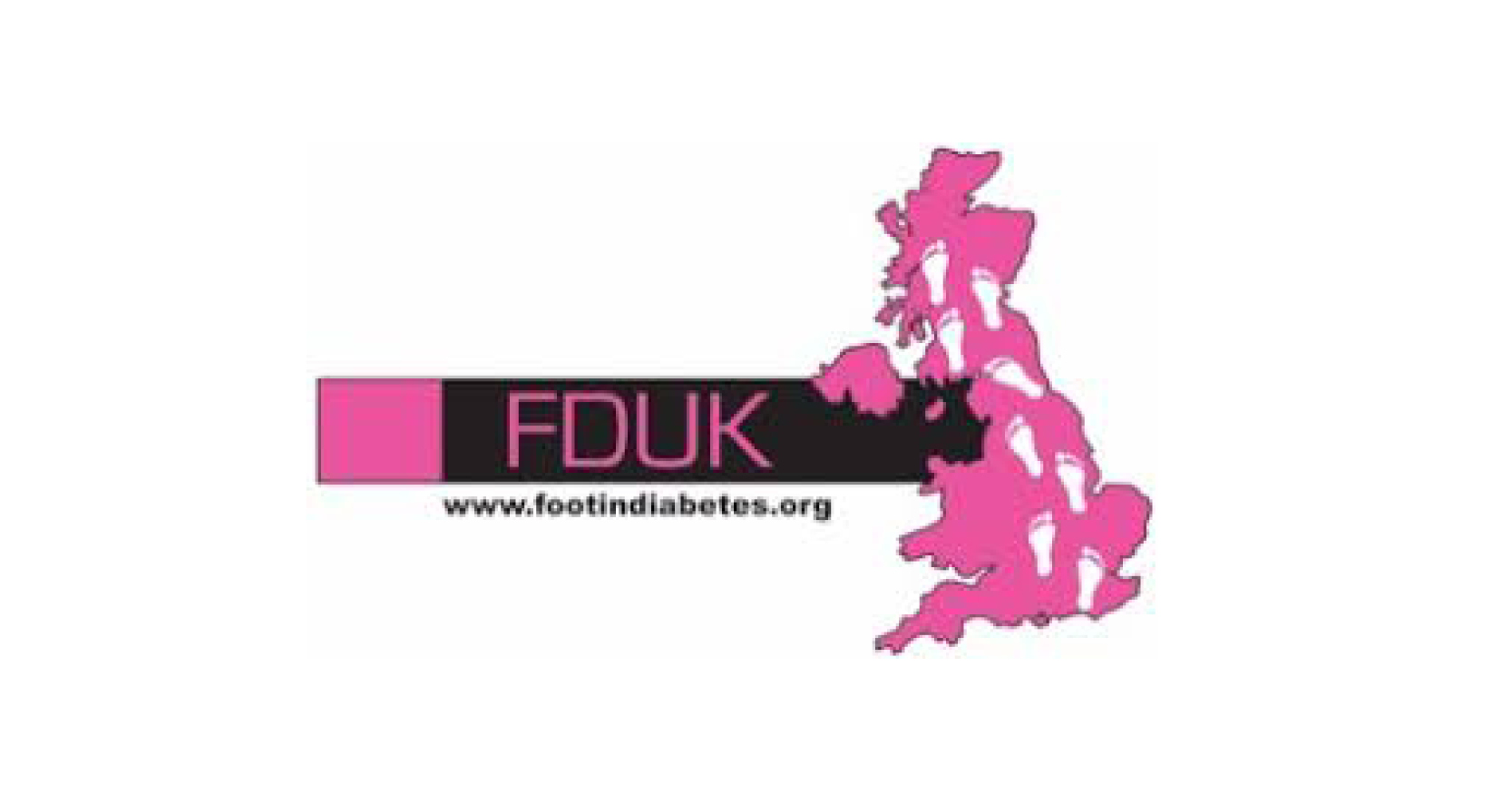Diabetes and its associated complications is one of the biggest burdens that healthcare providers face. Diabetic foot ulcers (DFUs) are difficult-toheal wounds resulting from the diabetes-related pathogenic abnormalities. Statistics from China are high, with the largest global prevalence of people with diabetes, and the local expenditure for this disease is second only to the US (Zhang et al, 2021). Moreover, 20% to 33% of costs related to diabetes mellitus are used for treatments of the diabetic foot (Chun et al, 2019). International and Chinese national guidelines broadly agree on the standard of care for the management of diabetic foot ulcers and it is very well understood that evidence-based holistic management, including local wound dressings, can improve healing outcomes. The clinical cases portrayed are aimed at describing the attainment of the implementation of Technology-Lipido-Colloid Nano-Oligosaccharide Factor dressing (TLC-NOSF). The TLC-NOSF dressing has been included in recent recommendations by the International Working Group on the Diabetic Foot (IWGDF) 2019 Guidelines and the National Institute for Health and Care Excellence (NICE, UK) and was the focus of a recently published systematic review highlighting the robust evidence behind this technology.







